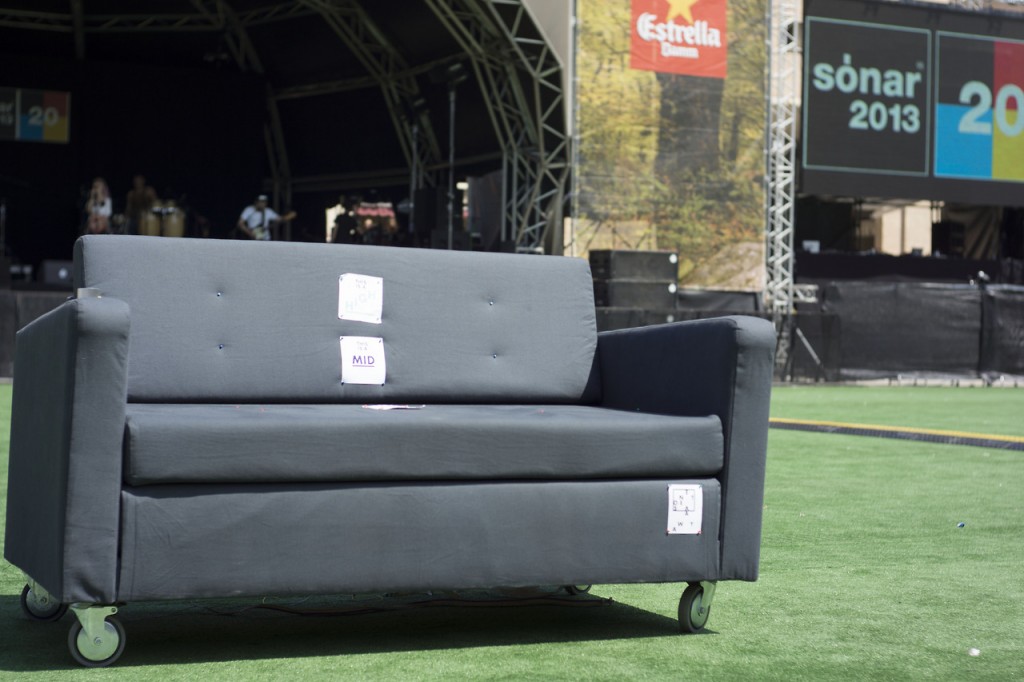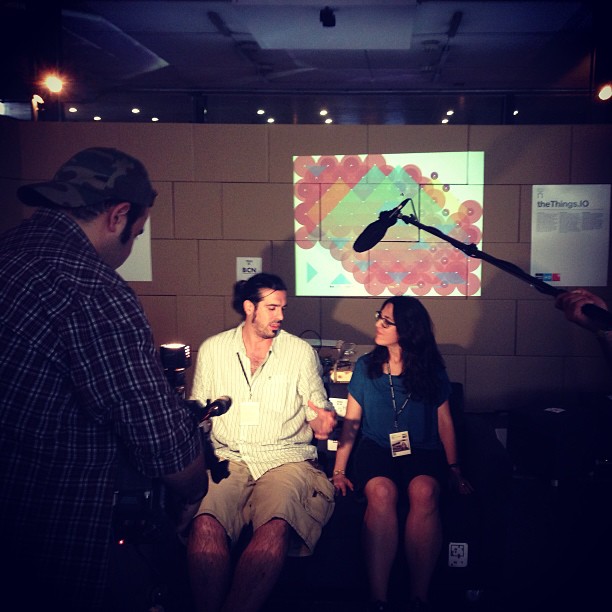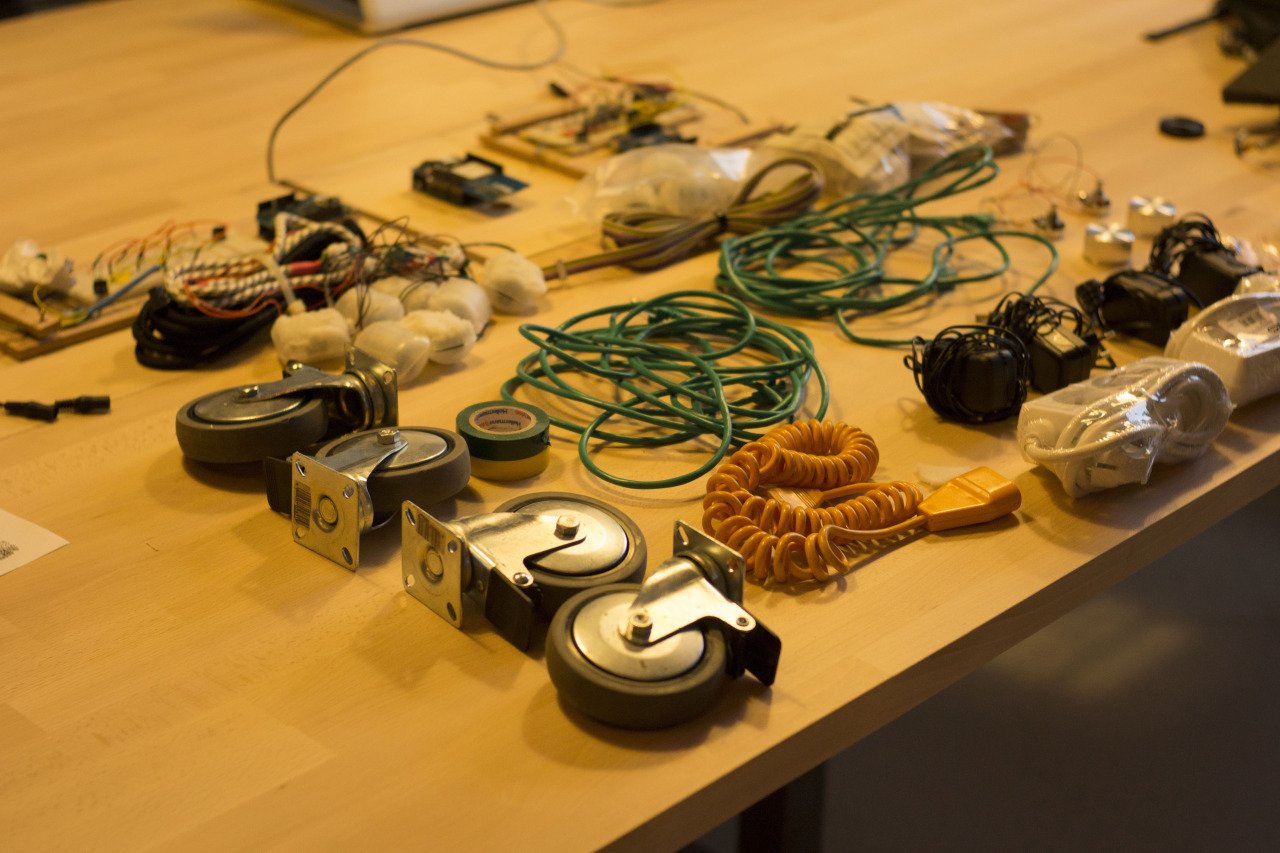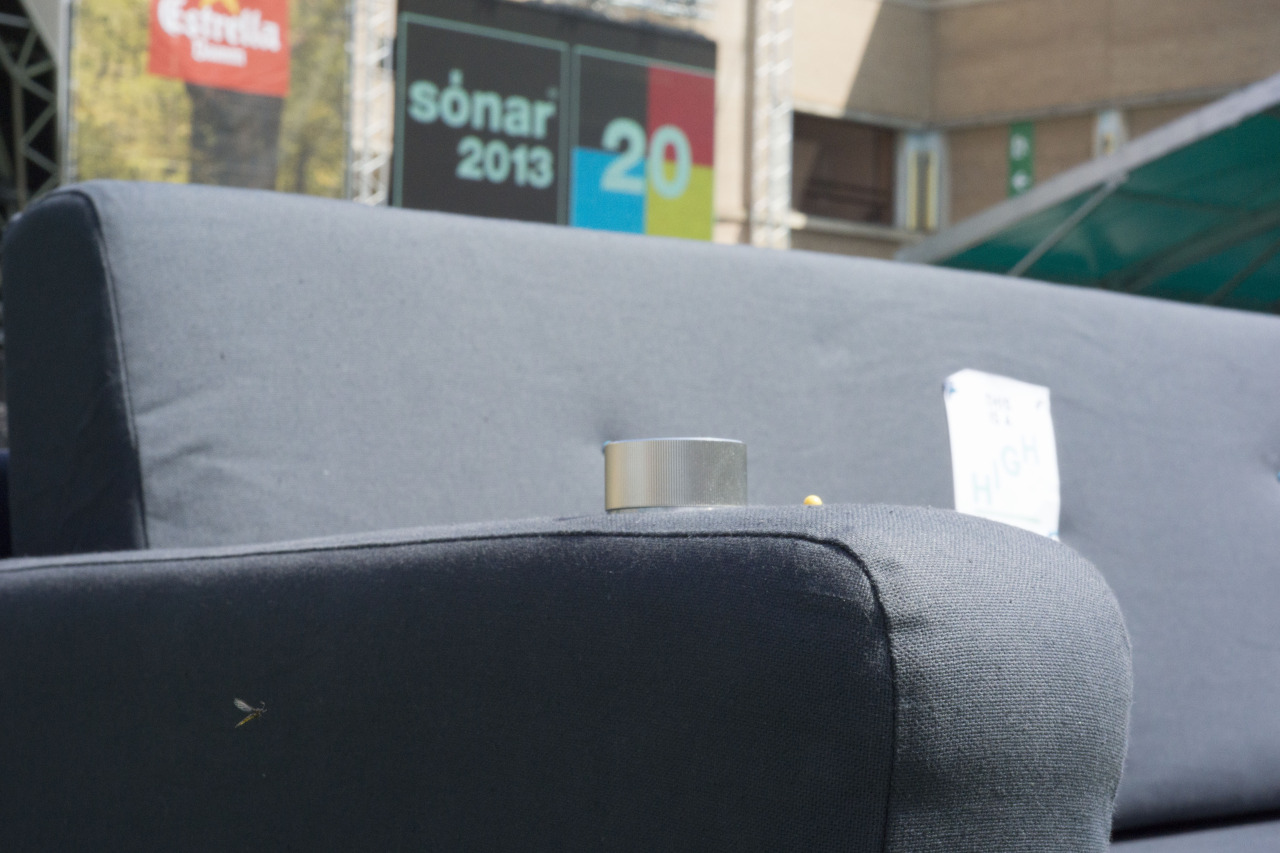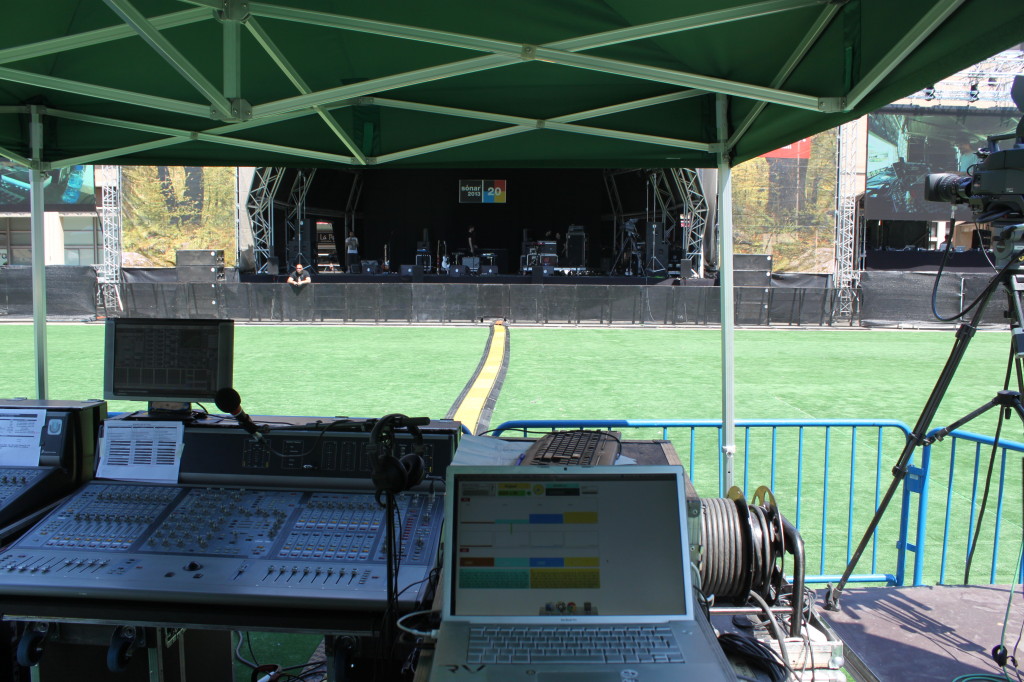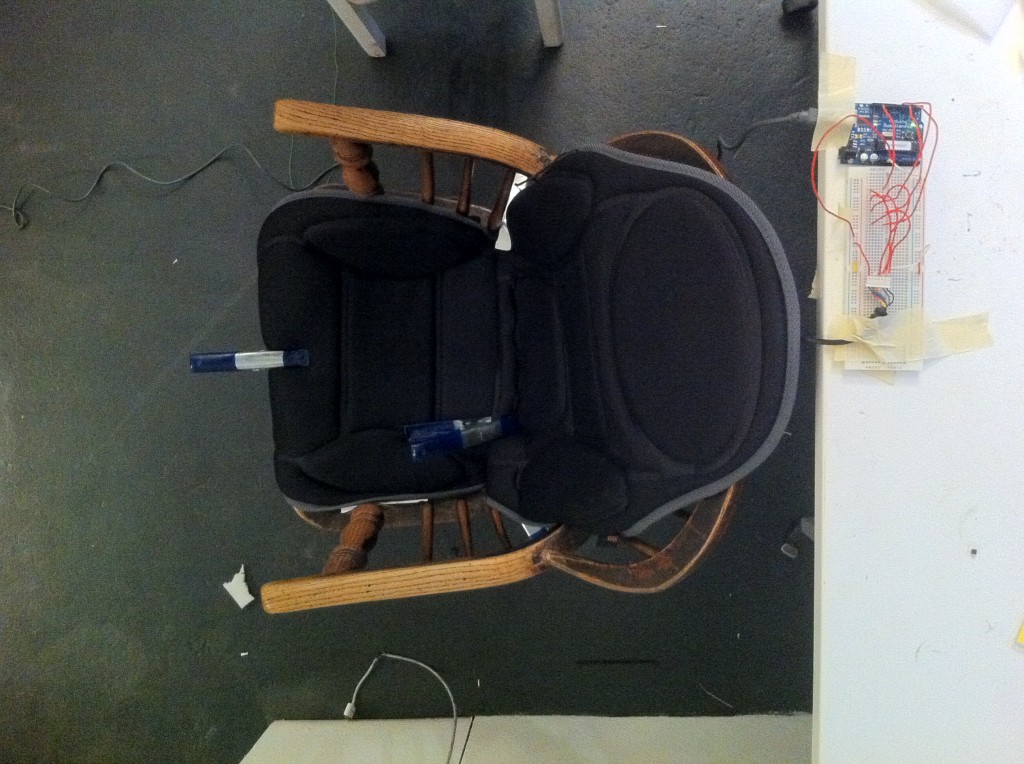IKEA joins the IoT revolution
Internet of Things is now a reality, and lots of companies have to face it. Companies from many different fields (as we have seen: housing, decor, gardening…) have to improve their offers in order to survive in the new technological era. That’s why the famous Swedish company IKEA has decided to adapt things into the IoT’s world and also create new connected things to make our lives easier.
IKEA’s idea is to make a more sustainable life at home, so that is the reason why in the next decade the brand is going to create and develop new connected things, such as the whole kitchen. In a collaboration with IDEO, a global design company, and design students from Lund University (Sweden) and Eindhoven University of Technology (Netherland), IKEA has created the named Concept Kitchen, which was shown at the Milan Design Week.



